nxr or ar performer... owners please chime in
pazul
11 years ago
Related Stories
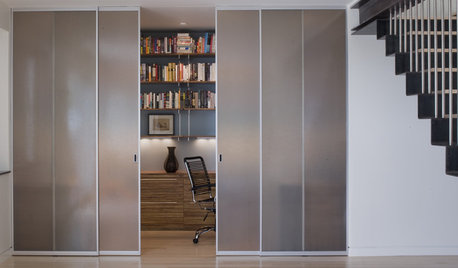
HOME OFFICESWork Smarter: 8 Ways to Boost Focus in a Home Office
Household distractions may be diverting your mental energy. Turn off the TV and tune in to these ideas for improving attention
Full Story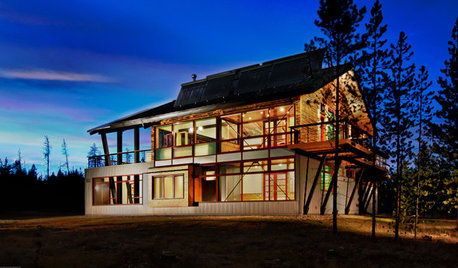
GREEN BUILDINGZero Net Energy: A Hardworking-House Term to Know
Homes that consume only as much energy as they produce by renewable means are a goal for builders. Learn what ZNE means for you
Full Story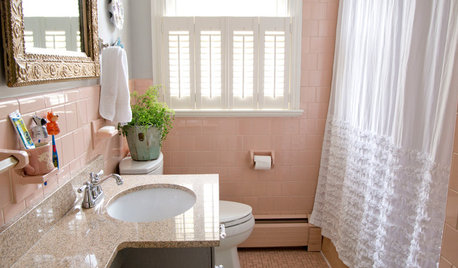
BATHROOM DESIGNHouzz Call: Have a Beautiful Small Bathroom? We Want to See It!
Corner sinks, floating vanities and tiny shelves — show us how you’ve made the most of a compact bathroom
Full Story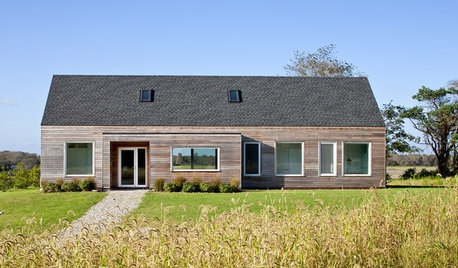
HOUZZ TOURSHouzz Tour: Bright, Sun-Warmed New England Getaway
Country views, flexible living space and a just-right size make for a soothing, comfortable family retreat
Full Story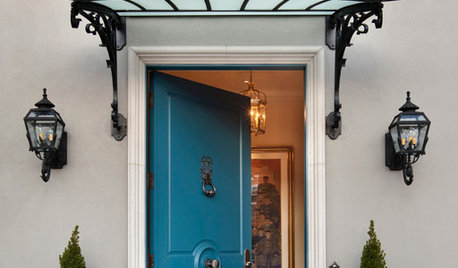
GREAT HOME PROJECTSMake a Push for a New Doorbell
Is it time to replace a doorbell or even add a door intercom or video system? Installation may be easier than you think
Full Story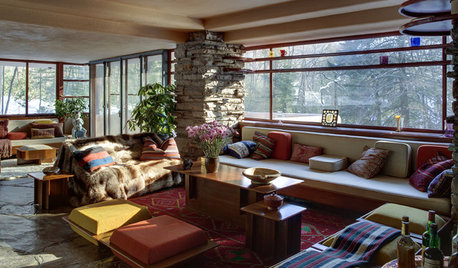
WINDOWSSteel-Framed Windows Leap Forward Into Modern Designs
With a mild-mannered profile but super strength, steel-framed windows are champions of design freedom
Full Story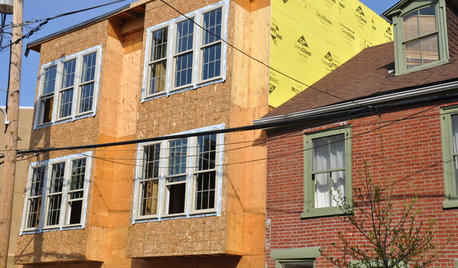
WORKING WITH PROS5 Steps to Help You Hire the Right Contractor
Don't take chances on this all-important team member. Find the best general contractor for your remodel or new build by heeding this advice
Full Story
KITCHEN DESIGNHow to Find the Right Range for Your Kitchen
Range style is mostly a matter of personal taste. This full course of possibilities can help you find the right appliance to match yours
Full Story
WORKING WITH PROSWhat Do Landscape Architects Do?
There are many misconceptions about what landscape architects do. Learn what they bring to a project
Full Story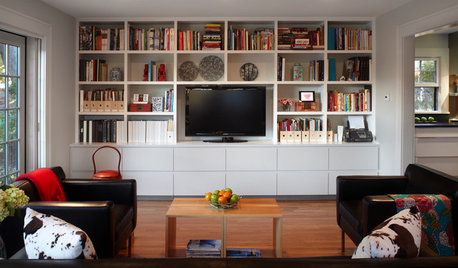
GREAT HOME PROJECTS25 Great Home Projects and What They Cost
Get the closet of your dreams, add a secret doorway and more. Learn the ins and outs of projects that will make your home better
Full Story








tyguy
jwvideo
Related Professionals
Corcoran Kitchen & Bathroom Designers · Brownsville Kitchen & Bathroom Designers · Everett Kitchen & Bathroom Designers · Northbrook Kitchen & Bathroom Designers · Ridgewood Kitchen & Bathroom Designers · Wesley Chapel Kitchen & Bathroom Designers · South Barrington Kitchen & Bathroom Designers · Andover Kitchen & Bathroom Remodelers · Bremerton Kitchen & Bathroom Remodelers · Green Bay Kitchen & Bathroom Remodelers · Kendale Lakes Kitchen & Bathroom Remodelers · Dover Cabinets & Cabinetry · Gaffney Cabinets & Cabinetry · Palos Verdes Estates Cabinets & Cabinetry · Sunset Cabinets & CabinetryNunyabiz1
Painted Peggies (zone 6a)
jwvideo
weissman
Nunyabiz1
jwvideo
pazulOriginal Author
Nunyabiz1
jwvideo
jwvideo
Nunyabiz1
pazulOriginal Author
jwvideo
Nunyabiz1
pazulOriginal Author
Nunyabiz1
jwvideo
Nunyabiz1
jwvideo
Nunyabiz1
gwbasic
Nunyabiz1
jwvideo
Nunyabiz1
jwvideo
Nunyabiz1
jwvideo
Maddy Reynolds
jwvideo
dodge59
jwvideo
jwvideo
AttnyChef
jwvideo
jwvideo
AttnyChef
jwvideo
jtlaa
CWirick
CWirick
jwvideo
CWirick
jwvideo
CWirick
jwvideo
dalf18
Nunyabiz1
jwvideo